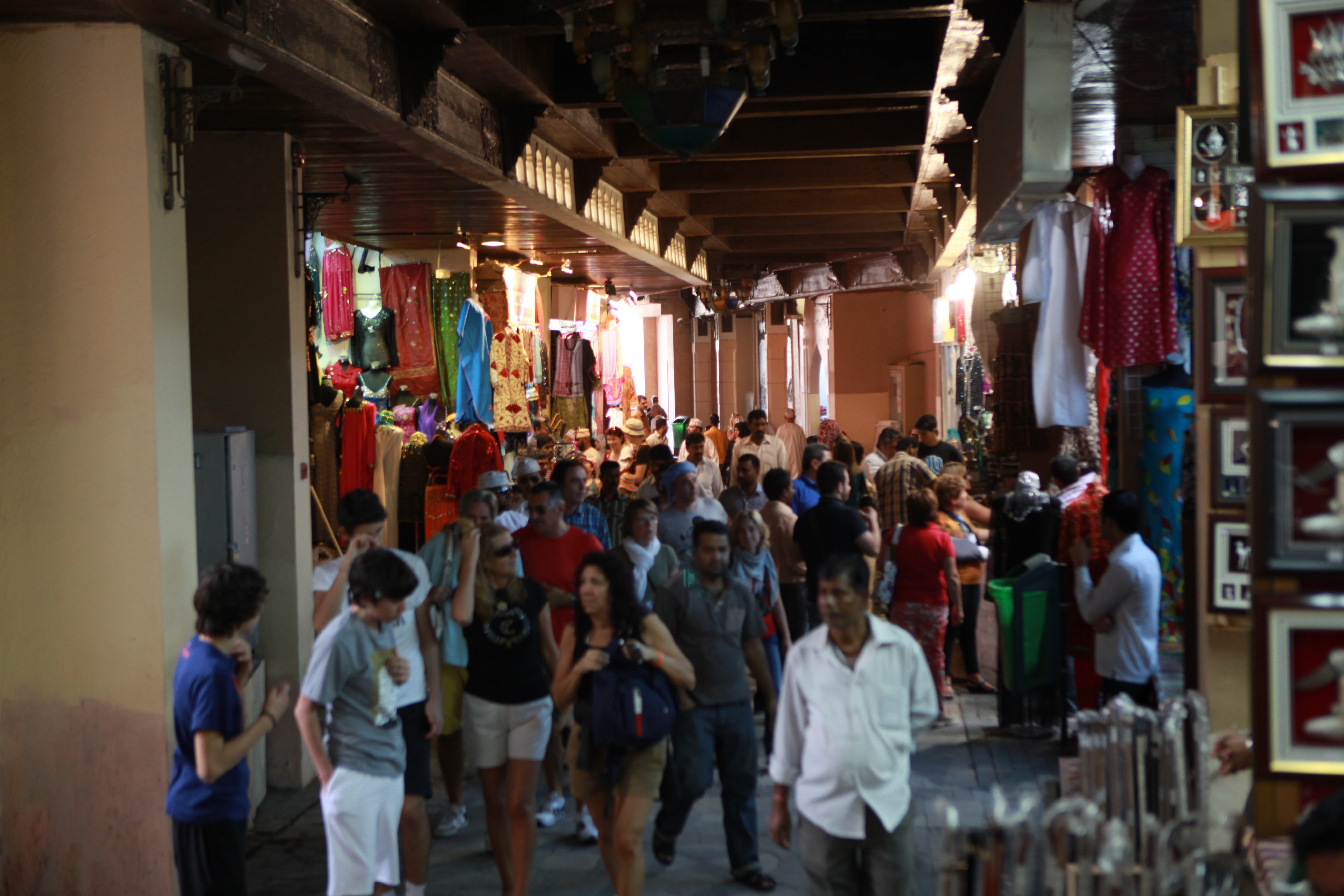
Recent research indicates that Oman has always been receptive to different cultures and this is the reason why the Sultanate has attracted a variety of people from different backgrounds in the last four decades.
This is also the key reason why the country has been successful in promoting law and order, which is the basis of stability. The cultural harmony practiced in Oman is different from the cultural tolerance many countries of the world base their internal policies on. The word ‘tolerance’ has certain motives and one of them is to get something back in return. The Sultanate’s concept of social harmony is based on unreservedly embracing the characteristics and uniqueness of new cultures. In its role of multiculturalism, Oman has been successful in overriding the ups and downs of economic instability in one form or another.
One example is the density of the different background of cultures in workplaces. Different channels of thoughts are all multiplexed in one source to produce the desired results. Without sounding vague, the richness of the existing scenario, where different nationalities work towards a common goal, has always helped Oman stand above the rest. Oman has never been a magnate for pulling in a host of multi-billion dollar projects, at least not yet. However, it has steadily built a firm foundation for achieving that goal through social unity. Oman has reaped many benefits of having a large pool of people living and working in the country, who come from diverse backgrounds. One of them, and this is the opinion of many, is the intellectual expansion of the youth during the last four decades. Prior to that, when Oman had only one dominating culture and the local youth were caught in a one-dimensional mental trap.
Four decades later, thanks to the Renaissance conceived by His Majesty, Sultan Qaboos bin Said, the youth are now exposed to many intellectual streams of thought. There was a big difference in the management of the affairs of state during the 1970s and 1980s and in the handling of the same during this decade.
It rings true also in the management of private businesses, too. The present economic leaders were either born in the 1970s or grew up during that decade. Part of their education, both in the classroom and the streets, was enhanced through social integration as part of being exposed to different cultures.
By experiencing an interaction with different ethnic identities, the same generations have used their experience to improve the economic activities and business processes. They are building relations by bridging complex gaps to formulate strategies with the help of foreign workers.
The emergence of Oman from obscurity to its current position of relative prosperity is owed to this fact. It is all about how one perceives and interprets the ethnic dimension in a business and work relationship.
Omani business leaders and economic planners know that a different ethnic background is reflected positively in the labour market. They also know that when it comes to recruitment, the employment of people from a diversity of cultures is essential for push the economic wheel forward.
The learning curve is still evolving in Oman. It is the exchange of ethnic values that is the catalyst in the success of both the economic and business environments. It is safe to say that the promotion of cultures and freedom of ethnic expression in the country has its roots in the Sultanate’s background as a former seafaring nation.
To answer the critics, who are still restricting social integration, particularly in the workplace, the answer is very simple. To exclude or limit expatriates’ integration, would catapult Oman back to the obscurity of the 1960s. The inflow of foreign capital, both in investment terms and at the human level, will always heavily depend on the unreserved integration of cultures.